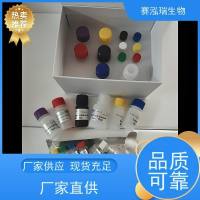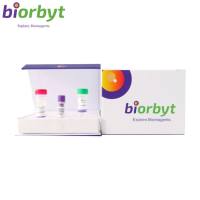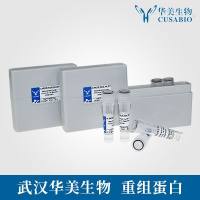Small-Angle Neutron Scattering to Detect Rafts and Lipid Domains
互联网
互联网
相关产品推荐

层粘连蛋白γ2(LAMγ2)检测试剂盒B2T; EBR2; EBR2A; LAMB2T; LAMNB2; Kalinin/nicein/epiligrin 100 kDa subunit; Cell-scattering factor 140 kDa subunit; Ladsin 140 kDa; Large adhesive scatter factor 140 kDa
¥800

Leishmania K39 used to detect the antibody form visceral Leishmania infection 蛋白,orb2309211,biorbyt
¥10530

视神经病变诱导反应蛋白(OPTN)检测试剂盒NRP; FIP2; GLC1E; HIP7; HYPL; TFIIIA-INTP; Glaucoma 1,Open Angle,E(Adult-Onset); Huntingtin-interacting protein 7; Optic neuropathy-inducing protein; E3-14.7K-interacting protein
¥800

Spock2/Spock2蛋白Recombinant Mouse Testican-2 (Spock2)重组蛋白SPARC/osteonectin, CWCV, and Kazal-like domains proteoglycan 2蛋白
¥1836

CCL1/CCL1蛋白/C-C motif chemokine 1(Small-inducible cytokine A1)(T lymphocyte-secreted protein I-309)蛋白/Recombinant Human C-C motif chemokine 1 (CCL1)重组蛋白
¥69

